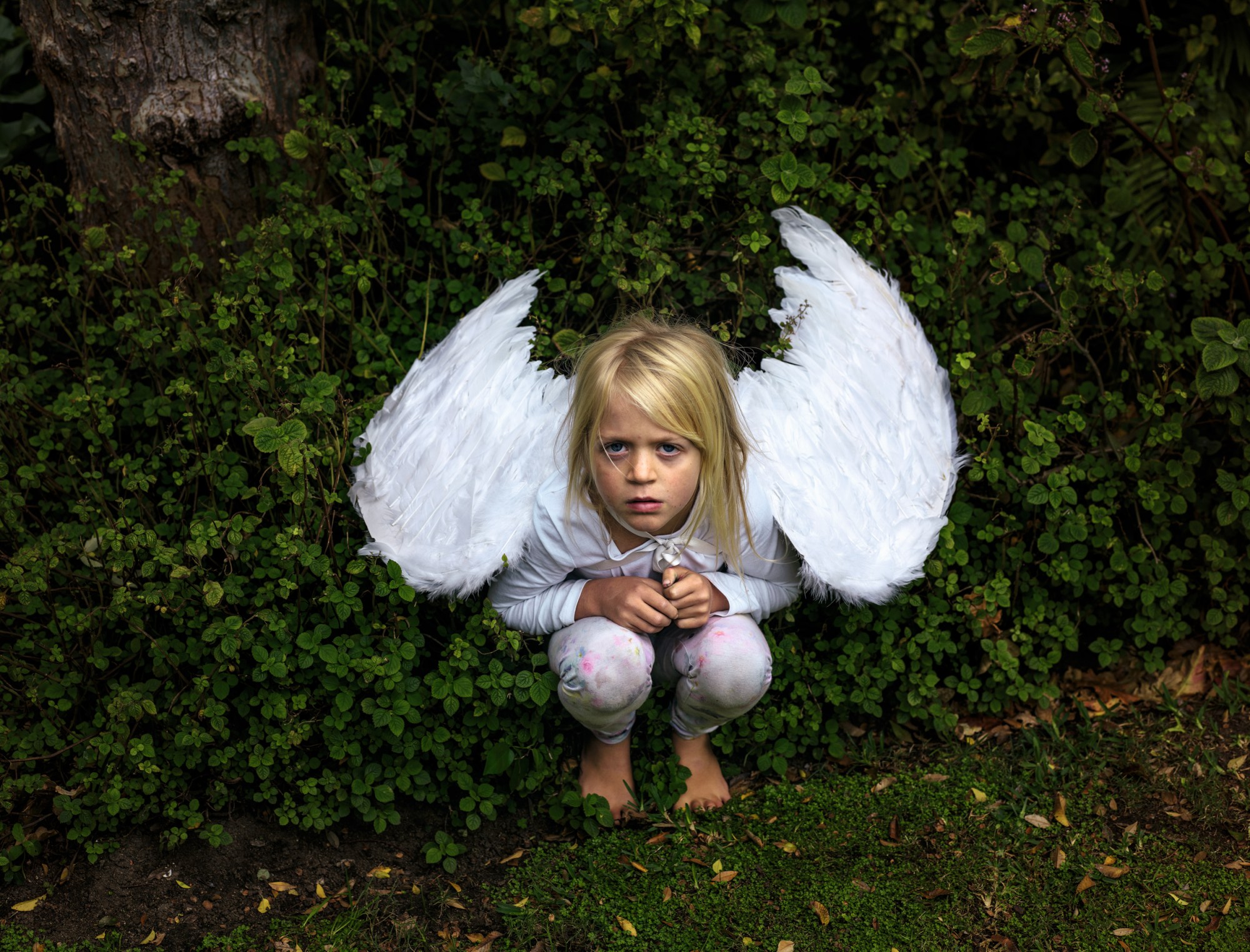Pieter Hugo’s story originally appeared in i-D's 40th Anniversary Issue, no. 361, Winter 2020. Order your copy here.
For the past seven months, the photographer Pieter Hugo and his family – wife Tamsyn and children Jacob and Sofia – have lived in a quiet secluded village along the South African coast. Adopting one of the earliest and strictest lockdowns in the world, since March the president of South Africa has entirely shut down the country’s borders, prohibited the sale of alcohol and also imposed a strict night curfew throughout much of this period.
Serendipitously for Pieter – who’s based in Cape Town but is often travelling around the world – he’d planned to take a sabbatical this year, so a little time out hasn’t been entirely unwelcome. “Although I wish it wasn’t with the sword of Damocles hanging over my head,” he says.

Back in March, in the weeks preceding the outbreak of this global pandemic, Pieter was promoting La Cucaracha, a new exhibition that he’d shot over four month-long trips to Mexico between 2018 and 2019. The images in La Cucaracha (“The Cockroach”) contemplate the mythology and customs of Mexico – particularly its unflinching acceptance of death – with a wicked, macabre sense of humour. A severed head clasped in the palm of someone’s hand, a man’s naked body submerged in flames, a young bride clutching an iguana – the images are laden with symbolism and, in Pieter’s signature style, give no obvious clues as to where the truth ends and the illusion begins. In one of its most unassuming yet brilliant compositions, eight rubbish collectors (who moonlight as a theatre troupe) recreate a tableau of Mexican realist painter Alfredo Siqueiros. “I love the junction between premeditation and accident,” he said of it at the time.
But for this issue of i-D, Pieter is confronting birth – even with the constant looming presence of death in 2020. “The first thing I concerned myself with was the wellbeing of my family, so making work – well, my head just wasn’t in the right place.” As time went by, he began to find himself “unfrozen from the paralysis” and, between homeschooling classes, he and his two children began working on a story together. “I actually had a conversation with my family about the idea and chatted to my kids about it first,” he says. “I don’t photograph my wife very much, she doesn’t enjoy being photographed so I respect that. And I’m very conscious of not shoving a camera in my kids’ faces all the time, because I don’t want them to become resistant to being photographed by me. I don’t want making pictures to become a power struggle.”
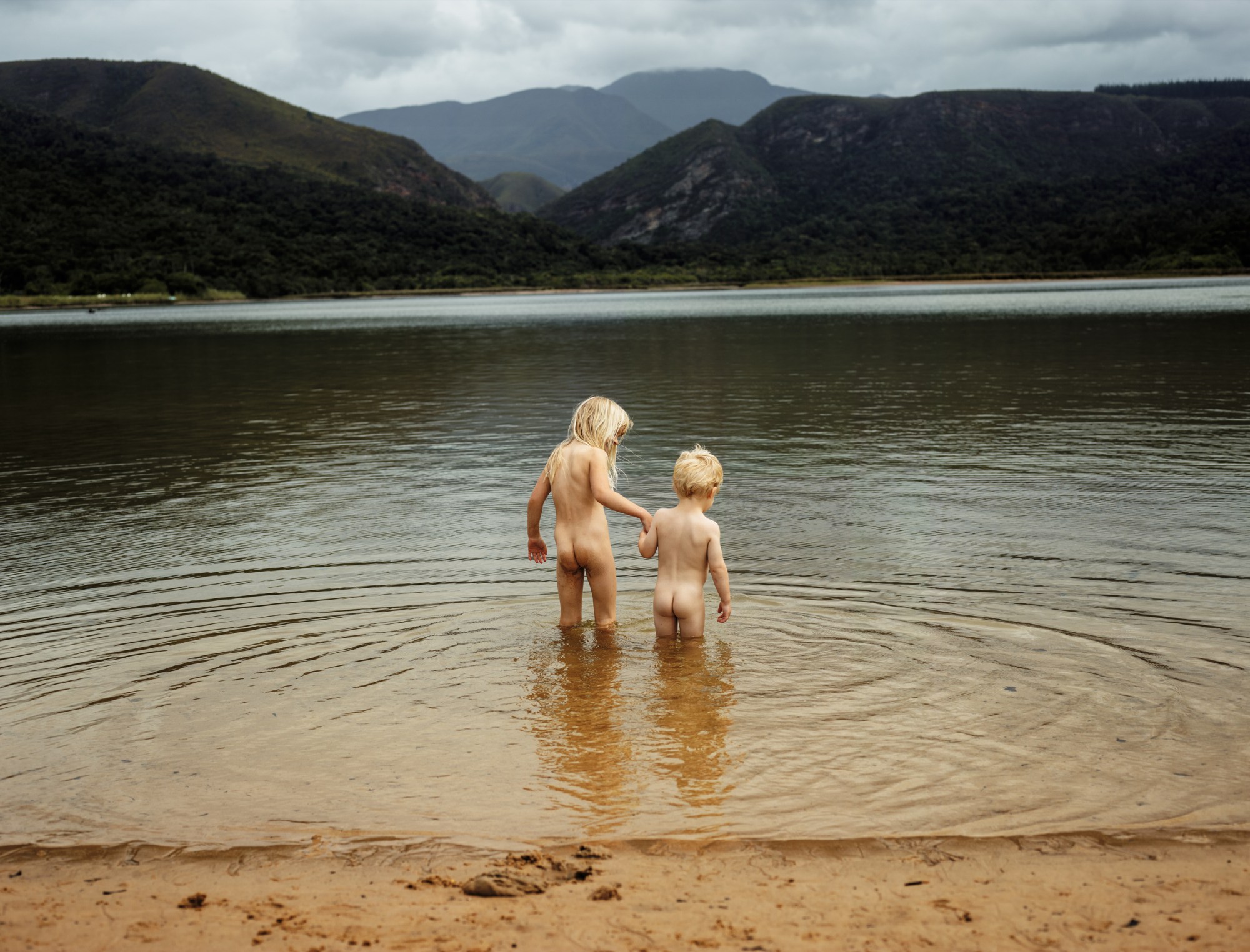
Acknowledging the complexities of shooting your immediate family, Pieter was very keen for the story to feel collaborative rather than opportunistic. Something he realised early on in lockdown was that “forced isolation, forced intimacy, meant a lot of parents’ relationships – but especially fathers’s, I imagine – are going to become very different this year,” he says. “I definitely realised I’ve used work as an excuse to avoid the emotional challenges of being present as a parent.”
Beneath the story’s more obvious, uplifting themes – “growth, birth, and coming into your own, and becoming more sentient”, there does lie some sadness to his story, too. “I think there’s quite a bit of sadness actually,” he says. “It’s a homage to childhood and the loss of – I don’t know if it’s a cliché to say that loss of innocence but, the changes that come with growing up.”

Pieter has always had certain themes that he returns to. “Some of the work I do is very typological. One of the themes is photographing subcultures and communities really on the peripheries of society, and another theme I spend a lot of time photographing is my family. And, in a broader sense, my kin, and trying to situate myself in what it means to be South African, what it means, what obligations you have to history.” When asked if, at this particular juncture he himself has reckoned with or reevaluated any aspect of his life or career, Pieter replies emphatically that he has. “I’ve had an incredible period of self-scrutiny, I think I’m still in the middle of it. I really have spent a lot of time interrogating my way of working and what I want from the work that I do.”
After all, it’s not the pandemic that meant anger and frustration boiled over into the streets across the world this year. It may have exposed more of the inequality, but it was already there to begin with. “There’s the Black Lives Matter movement, there’s been a lot of echoes from these political movements and I feel them, and I think it’s important for everyone, myself included, to take stock of where we’re positioned and what we owe and how we approach things and how we approach life and work. I definitely haven’t emerged out of this with a desire to step into the world without the same curiosity and bravado and assertiveness that I did before.”
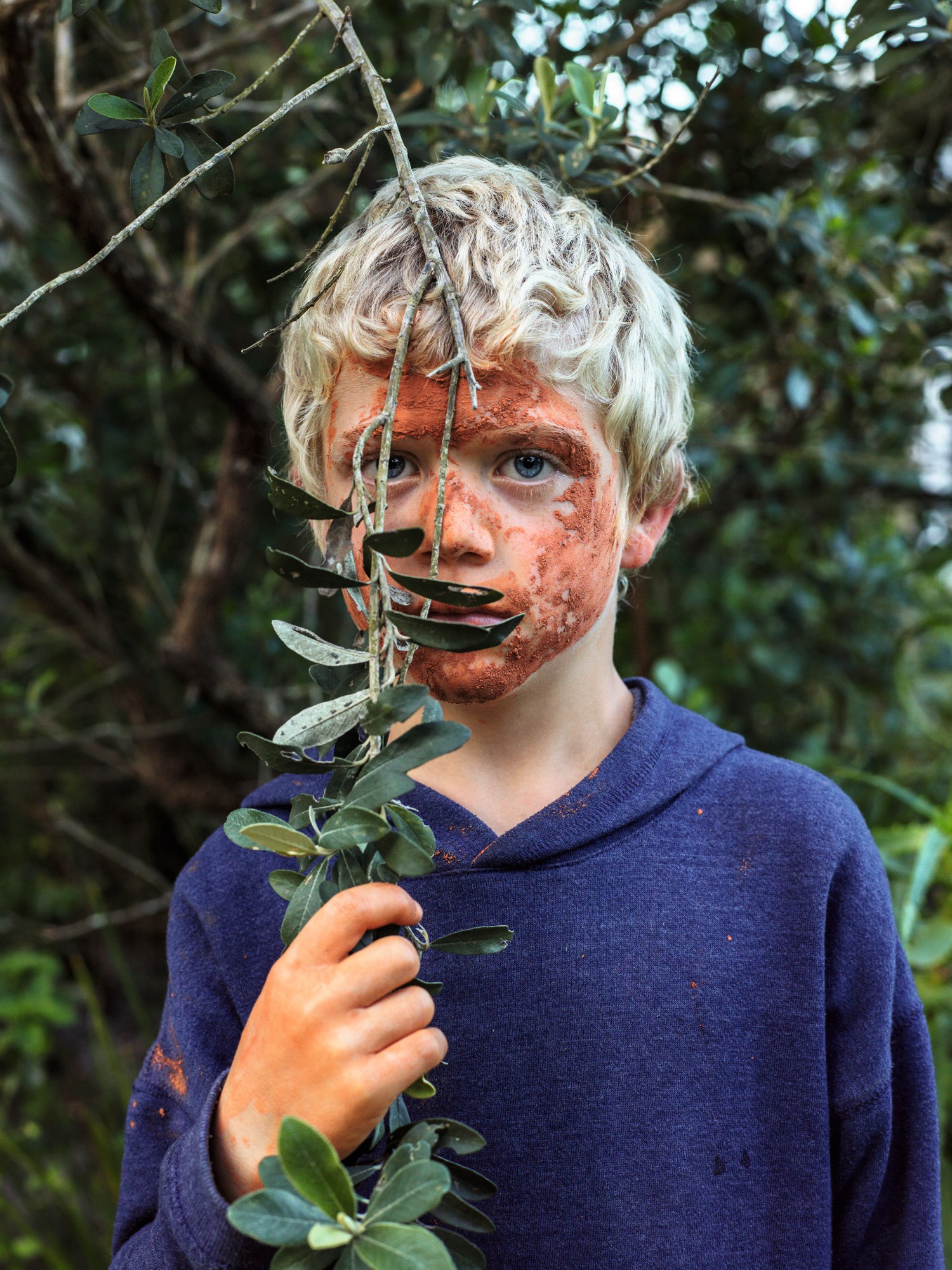
Unbelievably, in the 40 years of i-D, this is the first story Pieter – who began photographing as a teenager in the early 90s – has contributed. “I remember seeing i-D for the first time as a teenager and I thought it was the Holy Grail,” he says. “Growing up in South Africa, we were so culturally isolated and getting your hands on a copy of i-D or The Face, was a gift from God. It was super expensive and it was usually brought in by people who had been travelling, who had brought the magazines back with them.”
It was the subcultures that truly engrossed him. “I always felt so jealous of these amazing scenes, that I suppose exist everywhere, but it always seemed better in i-D than where I was from.” Though they vary wildly in nature, from countries torn apart by conflict, to communities ostracised from society, an interest in the margins defines his work more than anything.
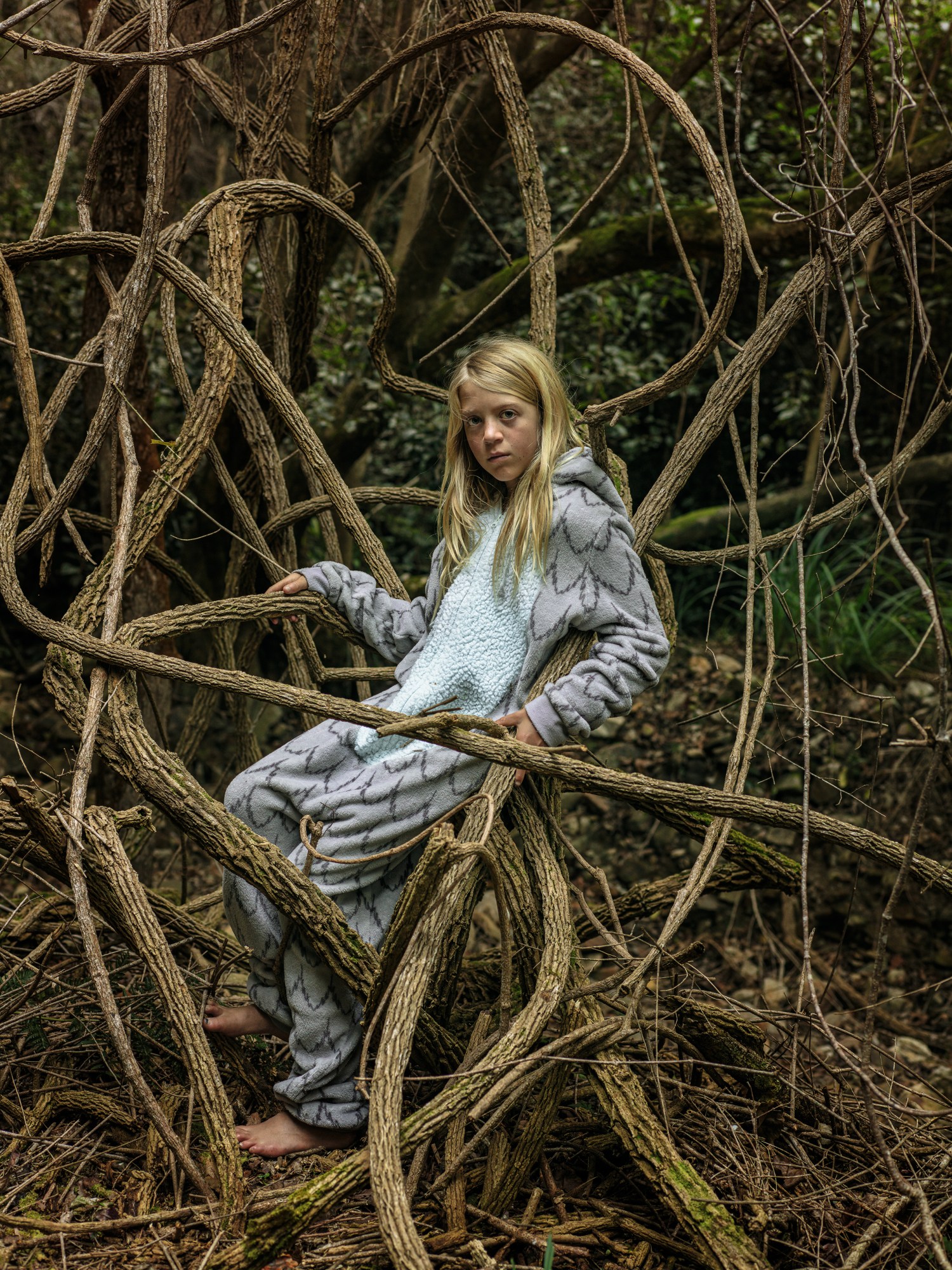
Back then, i-D was a rare window into a niche world. Now, the proverbial landscape for the photographers creating the work has changed immeasurably, and Pieter answers pragmatically about this shift online, but says he’d be lying if he didn’t feel some way uncomfortable about it as well. “It’s definitely making me question myself and my methods – or making me question my practise – which is good,” he says. “Photography is going through its post-adolescence phase now, it’s now taking responsibility for itself. A lot of things and a lot of ways people approached work in the past would not be acceptable anymore, and the relationship between the photographer and your subjects is a much more intimate one than it used to be.”
“But it’s amazing to actually finally get something in i-D… I’m not pissed about it,” Pieter laughs. “I’m very happy it’s a project that’s so personal, and one that I feel so proud of.”
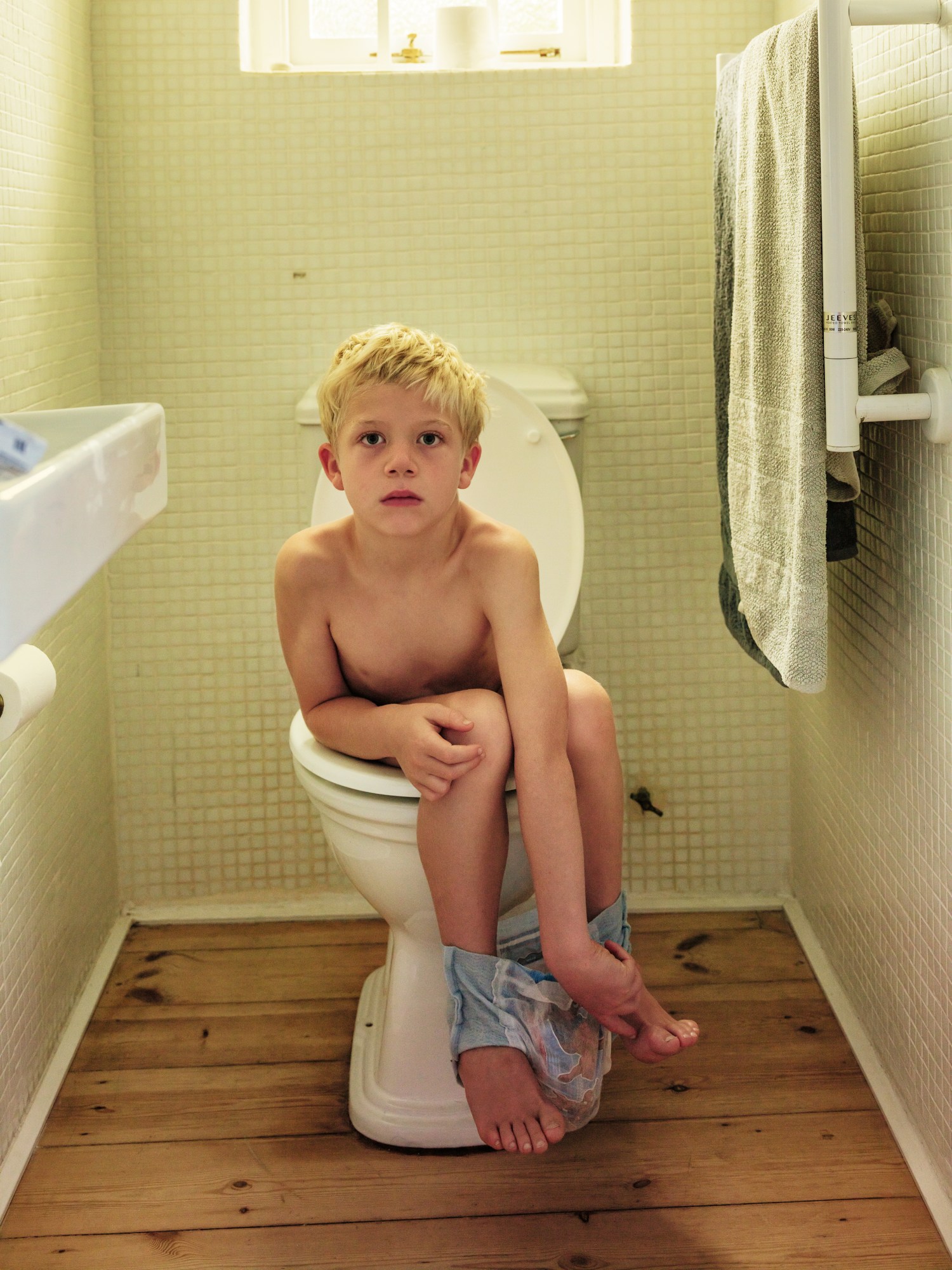
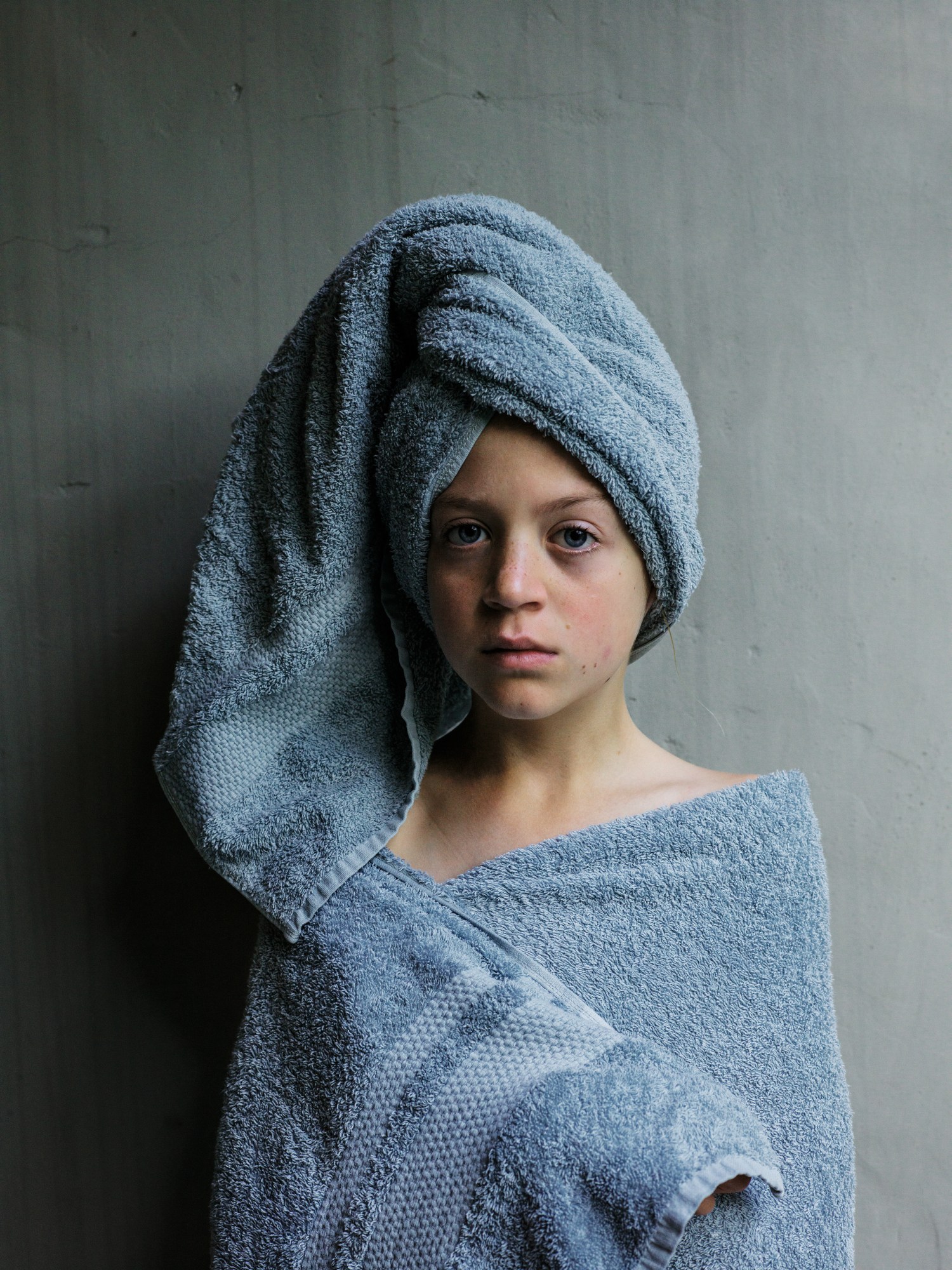
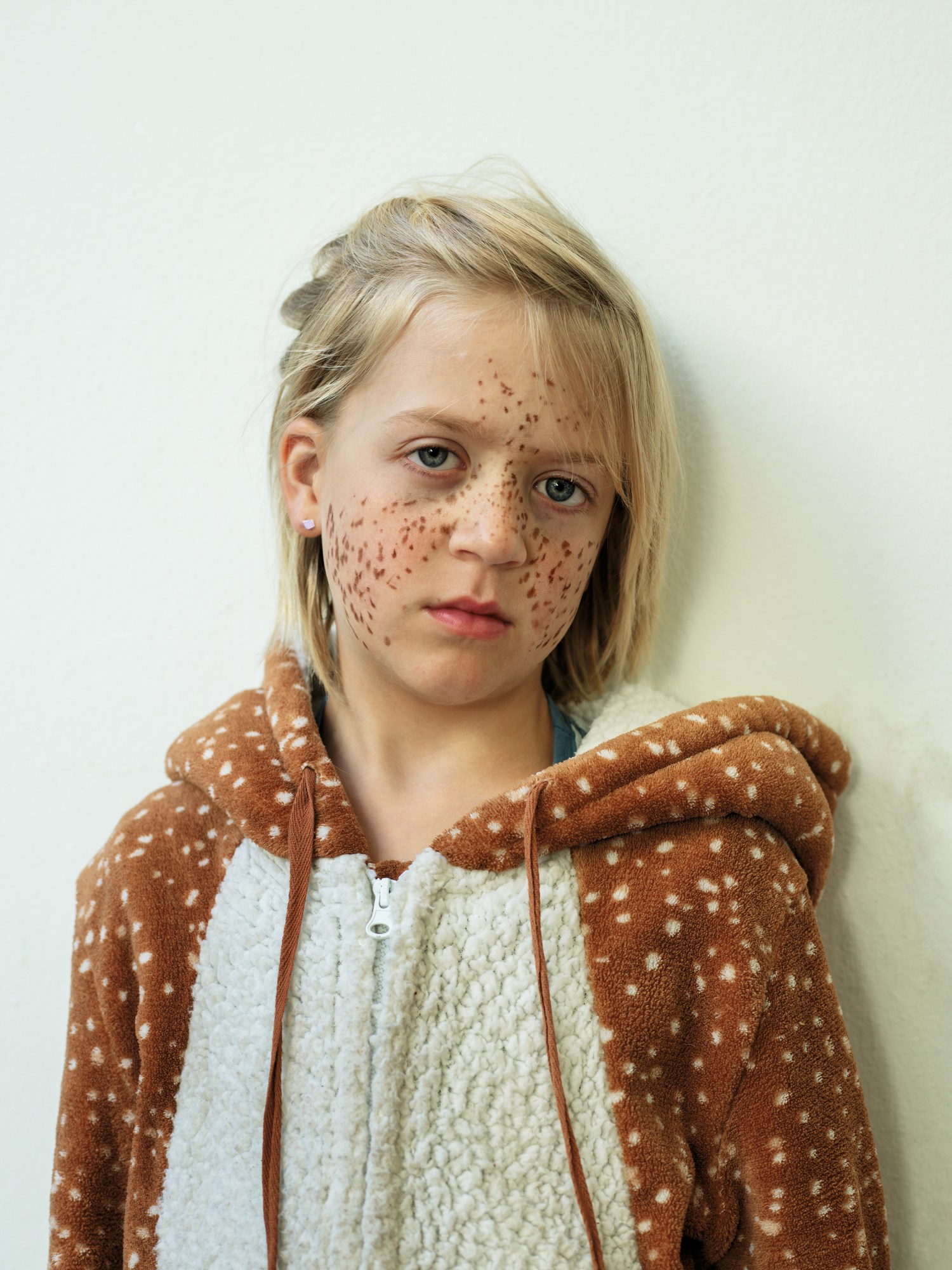




Credits
Photography Pieter Hugo
